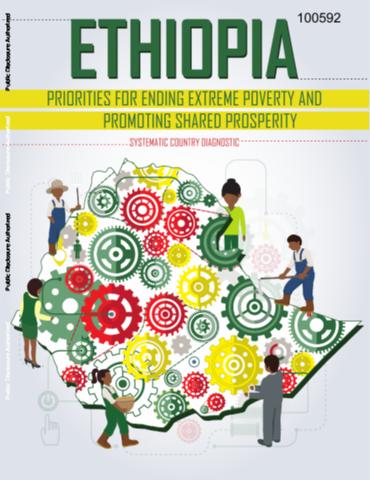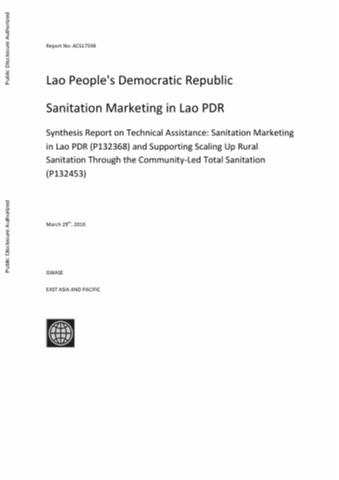Identifying the Economic Potential of Indian Districts
Despite its rapid growth in recent
decades, GDP per capita in India remains at a relatively low
level by international standards, and the country continues
to be marked by large subnational disparities in levels of
well-being. These large disparities naturally lead to
interest in India’s spatial landscape of potential for
economic development. Against this backdrop, this paper
presents the results of an analysis of underlying variations



